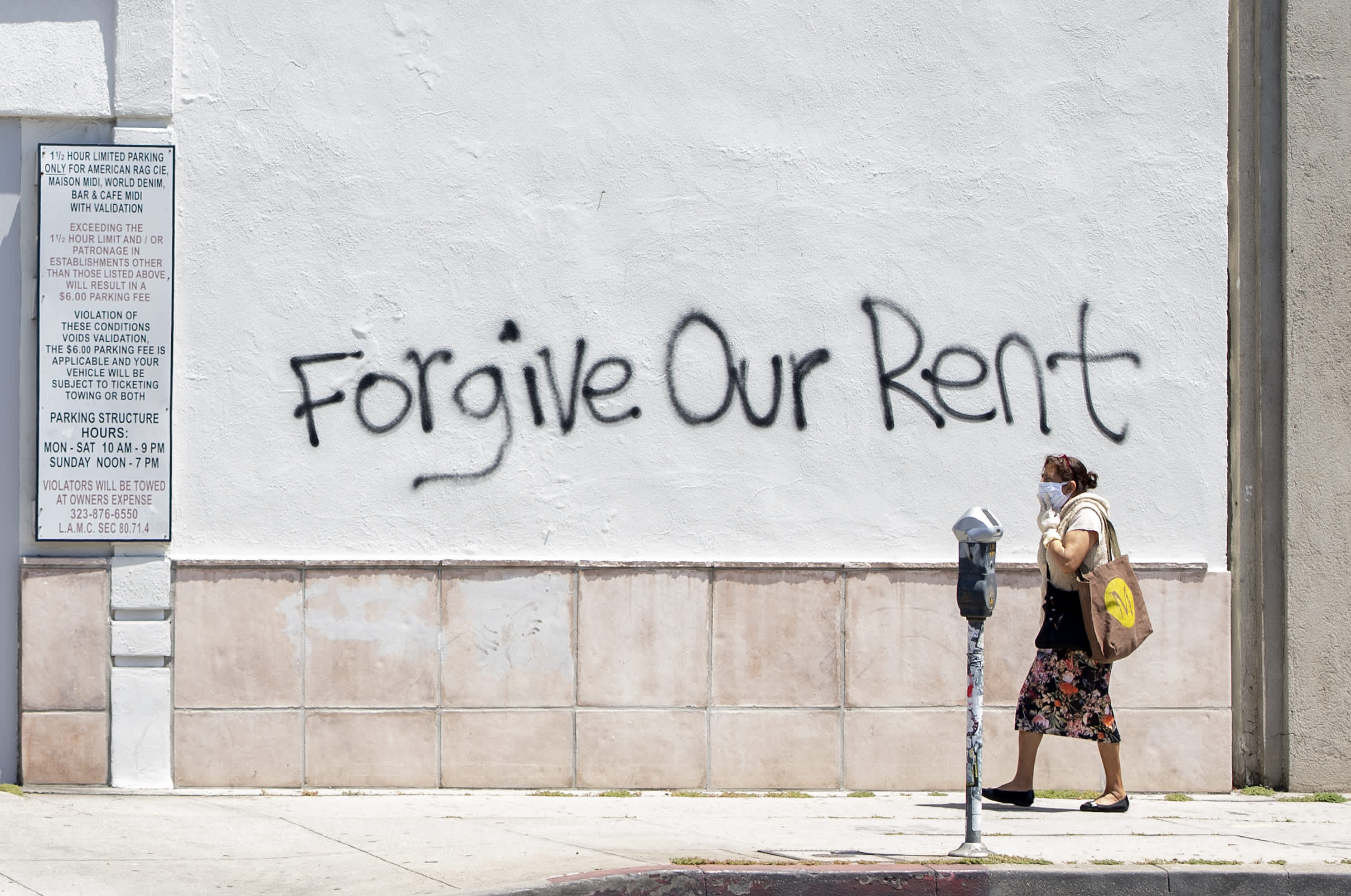A report from the Urban Institute finds that three federal measures — one-time stimulus payments, enhanced SNAP benefits and extended unemployment assistance — have kept more than 10 million Americans out of poverty this year.
Most of the relief measures in the CARES Act are about to expire. Yet millions of Americans are still suffering financially amid the pandemic.
Tens of millions of applications, 40-year-old technology, and years of budget cuts and restrictions created the perfect storm for state unemployment agencies.
Report cites disparities in distributing $1,200 coronavirus stimulus checks as White House, congressional leaders consider second round of payments.
As coronavirus cases surge across the US and states throttle back on economic reopenings, experts and advocacy groups are warning that low-income families could face utility shutoffs as moratoriums on disconnections lift — with Black families especially at risk.
In the Rio Grande Valley, poverty and chronic illness are aggravating the coronavirus outbreak. Ambulances stack up outside emergency rooms, where patients wait for beds.
Florida City, Homestead and unincorporated Miami-Dade make up the 33034 ZIP code, which has the highest poverty rate in Miami-Dade County. Residents of the area, which relies heavily on tourists to and from their way to the Florida Keys, have been struggling since the COVID-19 pandemic.
As cases of coronavirus continue to skyrocket around the country, new details are emerging from New York City — once the epicenter of the domestic pandemic.
Coronavirus cases in Alameda County increased nearly five times more rapidly in low-income communities than in high-income ones, according to a Chronicle analysis. Driving the differences was a lack of early support for the people who needed it most.
Many Arizona schools will require teachers and students to wear masks when they reopen in person. For low-income schools, that’s a challenge.
As the pandemic began to surge, nearly 40% of Latinos did not have broadband internet access at home and 32% did not have a computer.
A sizable minority of Massachusetts’ most underserved high school students and their families are reconsidering their higher education plans in light of the coronavirus pandemic.


















